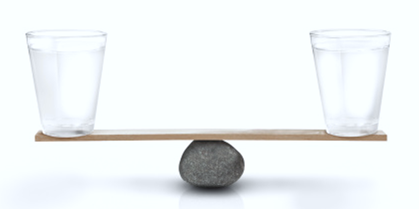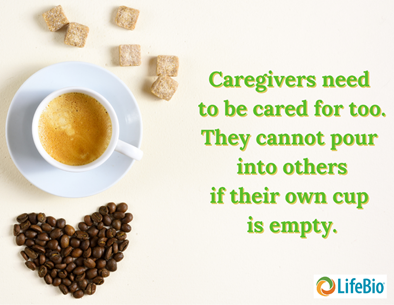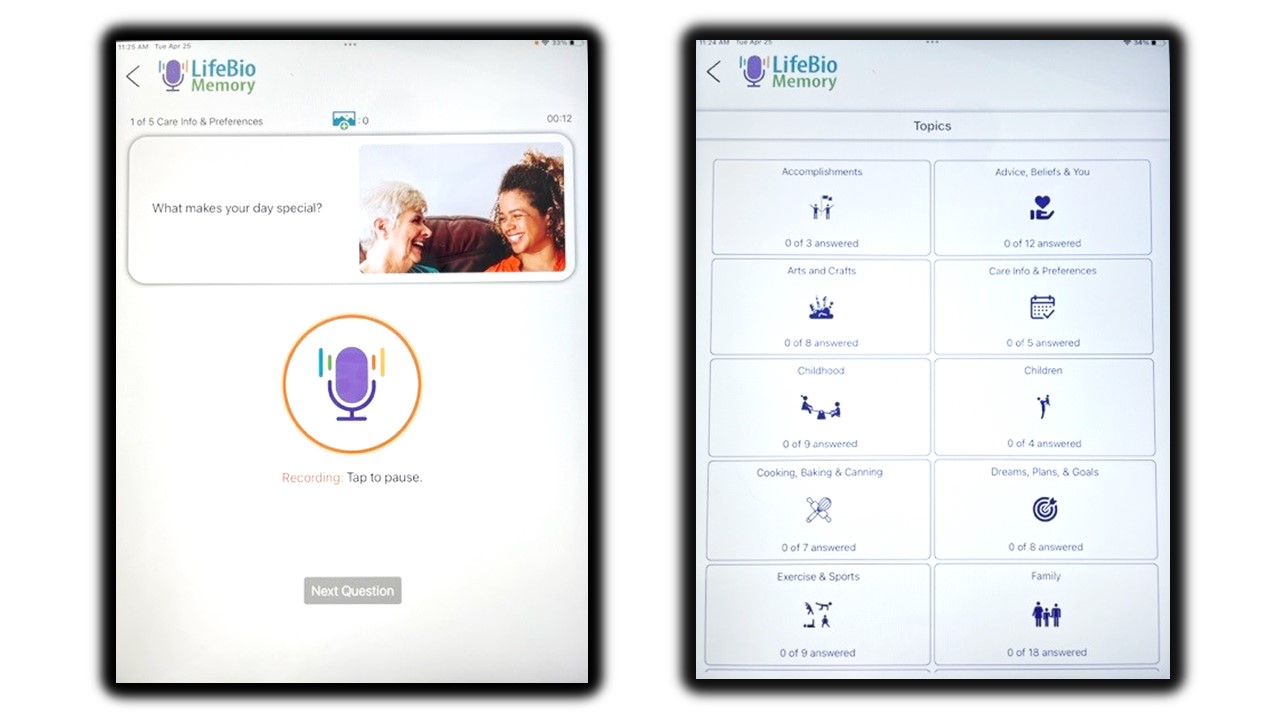All Things in Moderation

It’s likely that at some point we have all been warned to be mindful of too much of a good thing. A piece of pie tastes delicious, while eating half a pie in one sitting is bad for the waistline and could likely bring a stomachache. Exercise is good, but overdoing it could cause pain or even things like muscle strain or injury. Time with a loved one can be precious, although sometimes too much time with just one person starts too feel like just that—too much.
Along the same lines, perhaps you have heard of the pros and cons relating to dihydrogen monoxide. Positive uses include improving athletes’ performance and suppressing or retarding fires. It is considered a safe and natural ingredient when added to some foods and cleansing agents. Many churches incorporate it in their religious rituals. On the flip side, dihydrogen monoxide can cause death from accidental inhalation. Tissue damage can be caused after prolonged exposure, and dihydrogen monoxide has been found in pre-cancerous tumors and lesions. Dihydrogen monoxide contributes to the corrosion of metals, soil erosion, and storms such as hurricanes and blizzards. Historically, it has been found to be used in prison camps as well as during countless protests and marches. How can something that at first sounds so beneficial also play a part in such negative things? (Time out. For those of you who haven’t heard about or figured out what dihydrogen monoxide is, let’s break it down. Dihydrogen means two hydrogens, and monoxide means one oxygen. In other words, it’s 2 hydrogen atoms and 1 oxygen atom, or in chemistry terms H20. Yes, it’s water, so don’t actually be too alarmed.)

Just as with water and other things needing to be used and moderated in healthy ways, people who are caretakers need to keep a healthy balance in their lives. According to a National Alliance for Caregiving and AARP study, more than one in every five Americans is now a family caregiver, and 24% of those people are caring for more than one person. It is reported that approximately 26% of caregivers are helping someone with Alzheimer’s or dementia. In the past five years, since the last study was conducted, there has been an increase in the reported difficulty caregivers face coordinating care for their loved one(s). Additionally, 21% of caregivers report that their own health is in fair to poor condition. Yet again, too much of a good thing (caregiving) can be detrimental (to the caregiver).

What are we all to do?
Some of the suggested ways for caregivers to maintain a healthy balance are general healthy habits that could apply to most anyone. For example, eating a well-balanced diet, exercising, and getting adequate rest are recommendations. Those responsibilities may fall on the caregiver, but other friends and family members wanting to help could do things like bring caregivers a healthy meal, or offer to spend time with their loved one so they have a break to exercise or take a short nap. It is also suggested that caregivers need to talk with someone every day, apart from the loved one they are caring for, and other family members and friends are encouraged to help. If you have a caregiver in your life, you could reach out to them or call regularly. Or together you all could explore community resources that could be put to use. Caregivers need to know their limitations and be honest with those around about what they need help with. People supporting caregivers should accept those confines and work to find avenues for any additional help that is needed.
Other tips for caregivers include trying to keep a positive attitude and finding at least one thing to laugh or smile about each day. If you know a caregiver, feel free to share a joke or a word of encouragement with them, even if it is through an email or over the telephone. Caregivers should have permission to relieve stress through things like crying, meditating, or even getting professional help if needed. Avoid things that may add to tension, such as noise, watching intense movies, or possibly even reading the news and social media posts. Learn some relaxation techniques, perhaps including listening to music, practicing yoga stretches, or deep breathing. Each day caregivers should set aside a break to be by themselves, even if that means only spending ten minutes alone in the bathroom or backyard. Additionally, caregivers should feel that they can treat themselves at least once a month, whether that means getting a new book, having a hot fudge sundae, taking a walk, planting a new potted plant, going out with friends, playing golf, or something else special.

Friends and other family members of caregivers can offer emotional support, understanding, and recognition of the work done by the caregiver. Employers of working caregivers can be understanding of things like requests for time off or schedule changes. People of faith can offer prayers and visitations. Other ways to support caregivers can include assisting with tasks like grocery shopping or cleaning. Often caregivers need to work with a team of others regarding budgeting and financial support. Having multiple people offer to help so that caregivers can have time to recharge or even take a vacation can be crucial too.
By being cognizant of one another’s needs, everyone can work together for the betterment of those needing care and those providing care. Be mindful of filling your own cup, while you consider how you are also pouring into others’.




